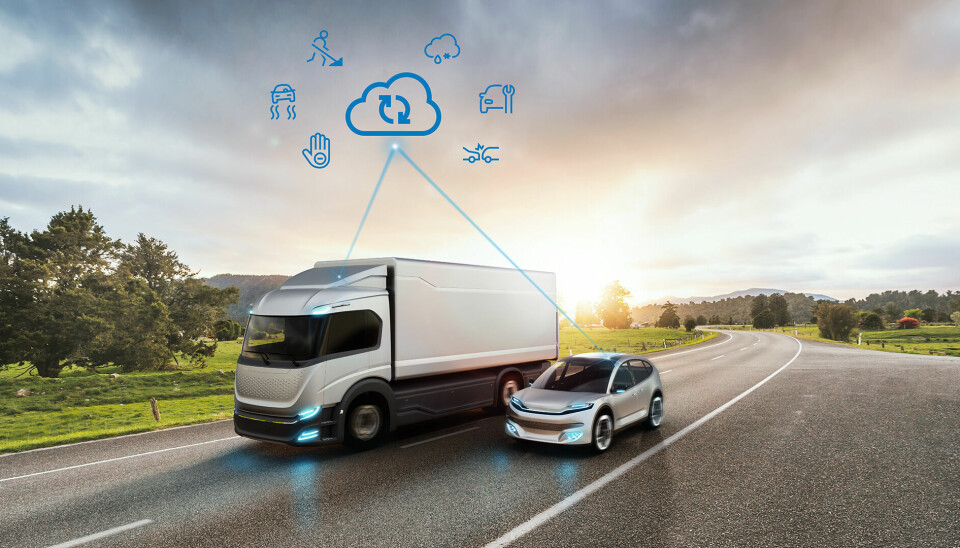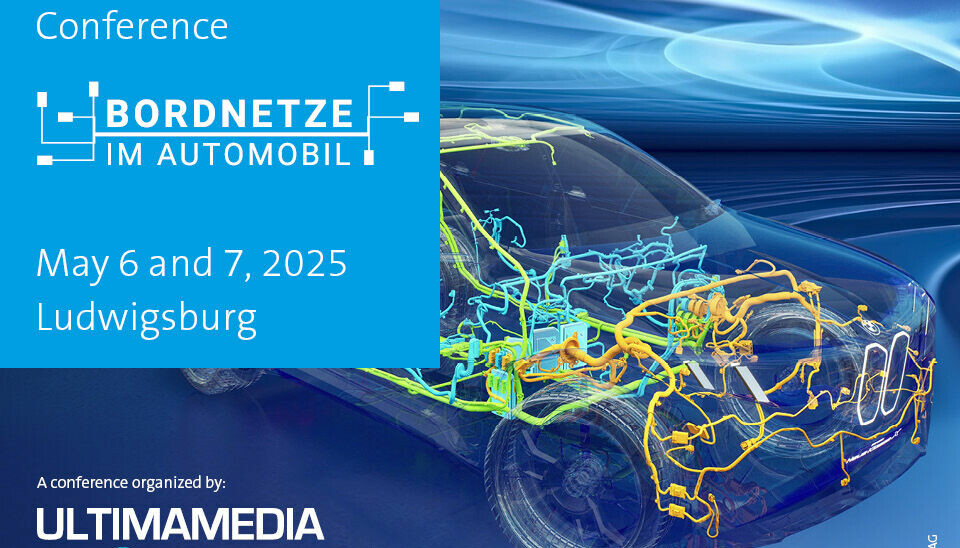Connectivity Solutions
Suppliers Enhance Traffic Safety with V2X

In 2023, the number of traffic accidents in Germany increased again. Technologies like Bosch's Road Hazard Service and ZF's Rescue Connect could help reduce accidents and make emergency services more efficient.
According to Statista surveys, in Germany in 2023, there were a total of more than 290,000 road traffic accidents with personal injury. That's about 2,200 more than the previous year. The number of road traffic accidents with property damage also increased in 2023 to around 2.2 million. The German Road Safety Council (DVR) sees great potential to counteract this upward trend in applications that enable faster information transmission in immediate danger situations. By warning the driver or improving vehicle autonomous functions, such as emergency braking, using V2X, more road safety is expected. In particular, accidents with serious personal injuries, such as when overtaking on country roads, could be avoided or mitigated in their consequences.
This opinion is shared by some automotive suppliers, who also hope for more safety in road traffic through the use of various connectivity use cases. For example, supplier Bosch recently rolled out a cloud-based application called Road Hazard Service for the commercial vehicle sector. This is intended to transmit information about possible dangers on the route in real time and thus significantly reduce the risk of accidents. This includes information about accidents, wrong-way drivers, heavy rain or wind, stranded vehicles, or limited visibility, such as dense fog. Since June 2024, according to Bosch, the service has been in use millions of times in the passenger car fleet of a leading German car manufacturer in Europe and is now also being introduced into the commercial vehicle segment. From December 2024, the application will be available in the first trucks from Mercedes-Benz Trucks.

How the Road Hazard Service from Bosch works
Bosch analyzes critical road conditions based on anonymized data from a global fleet of customer vehicles consisting of several million vehicles, as well as from third-party providers such as weather services or road operators. The vehicles in the fleet equipped with the service provide various information, including local outside temperature, activity of the windshield wipers and rear fog lights, as well as control interventions of the ESP anti-skid system or accident reports. For example, if there are vehicles in the fleet that have set the windshield wipers to the highest level, the service additionally compares the information with that from selected weather services - for example, whether it is raining or how many millimeters of water are recorded on the road. A fusion algorithm then determines whether, for example, there is a risk of aquaplaning. Subsequently, the service warns the driver so that they can reduce their driving speed if necessary.
The Road Hazard Service is part of the Connected Map Services from Bosch, which aim to bring more safety and comfort to the vehicle. According to the supplier, these play an important role in increasingly assisted and automated driving. They act as an additional sensor that looks far beyond the field of vision and range of radar and video sensors and provides the automated vehicle with relevant data even in poor visibility conditions. In contrast to non-networked vehicles, those with networked map services would benefit from the sum of the experiences of all connected vehicles, enabling predictive driving behavior.
ZF connects hundreds of rescue vehicles with Rescue Connect
At an even more critical point, ZF's Rescue Connect technology comes into play, which connects and digitizes emergency and rescue services in Europe. Rescue Connect digitally connects rescue forces during their operations and provides them with all important status information of the deployed vehicles and equipment in real-time. The digital solution is specifically designed for manufacturers of emergency vehicles, rescue equipment, and mission-specific software. In addition to networking rescue forces with each other, the service now also enables the adjustment of traffic light systems or the dissemination of location information of rescue vehicles to all other road users via V2X technology. The latter is used by ZF in conjunction with autonomous driving technologies, among other things, for the automatic formation of emergency lanes.
The development of the application was mainly driven by project manager Alexander Grupp. “When young people meet, it is now common practice to send each other locations. However, when rescue services are deployed, digital networking almost always means: no connection,” writes the supplier in an article about the creation of Rescue Connect. Grupp, who initially worked as a controller at ZF and simultaneously volunteered as a helper with the Red Cross, recognized this problem and found a corresponding solution through a lot of personal initiative.
"I started developing the idea for ZF Rescue Connect in mid-2019," the 37-year-old describes his approach. "My goal was to find a solution that connects all parties involved in an emergency operation, from emergency services, vehicles, and equipment to patients, and informs them with real-time data about the situation. Because when lives are at stake, every minute counts." In the summer of 2023, the service was officially presented at the automotive supplier's Global Tech Day and shortly thereafter connected several hundred vehicles of the Berlin Fire Department.
Continental's Connectivity Platform enters the second round
Continental is also focusing on connectivity, which is why the supplier presented the second generation of its Scalable Modular Connectivity Platform at the IAA Transportation 2024 in Hanover. This serves as an important basis for both 4G/5G technologies and products that rely on seamless V2X communication. "Connectivity is an important link between the car itself and its external environment," explains Johannes Heinstadt, Product Manager at Continental.
Furthermore, he explains that the focus for the second generation of the technology is on minimizing latency, while the previous version was more focused on maximum bandwidth. For the next releases, Heinstadt also announces satellite communication for additional security. In addition to numerous diagnostic processes from tires to coolant, the Scalable Modular Connectivity Platform also enables the automatic emergency call (eCall), which has been legally required for new models since 2018. It also brings new software for telematics applications into the vehicle.
This article was first published at automotiveit.eu
















